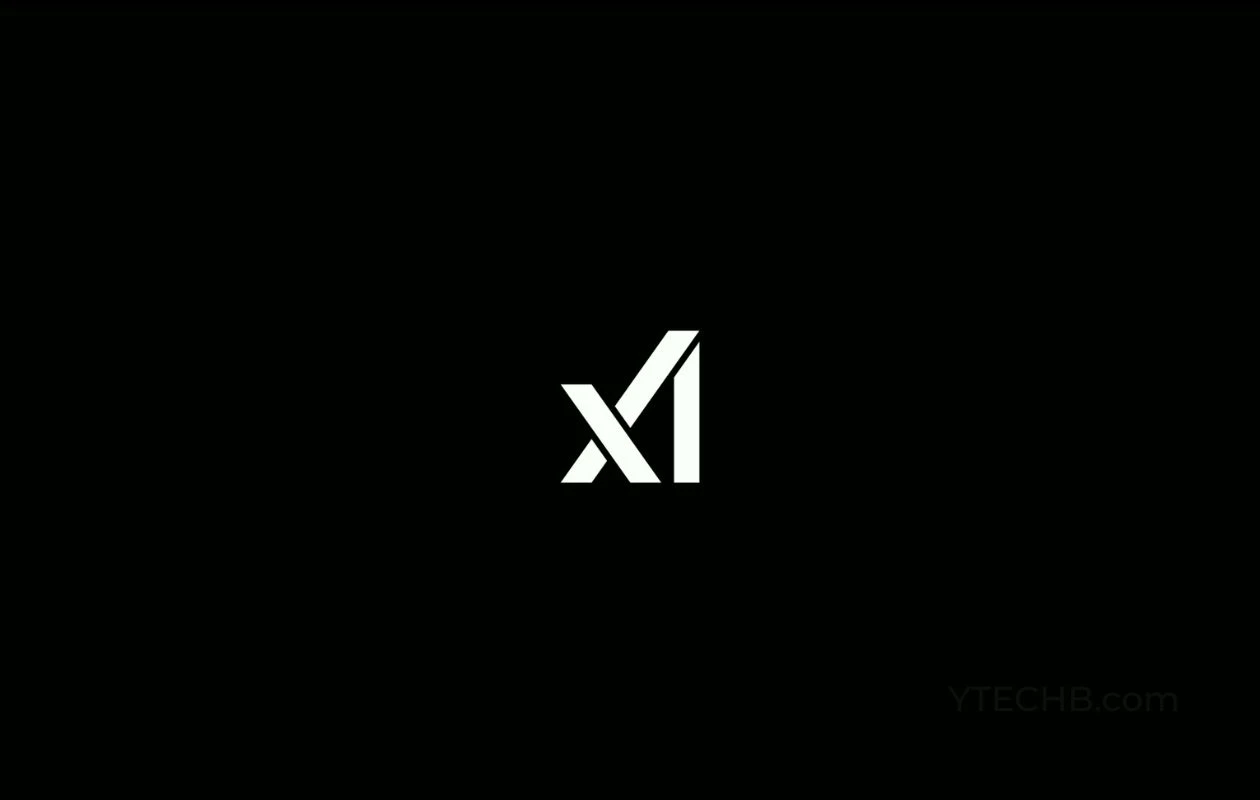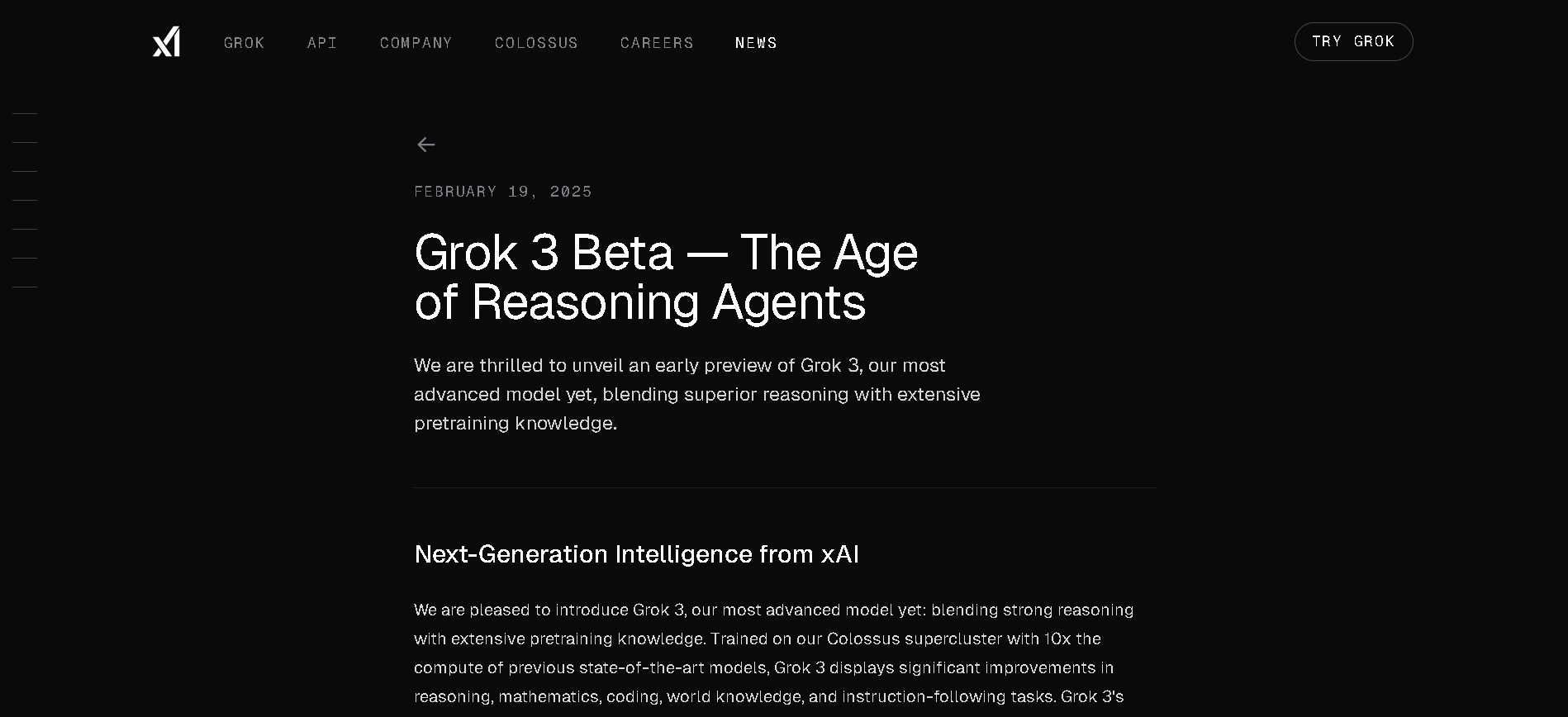
- X Premium+ & SuperGrok Subscribers: Access Grok 3 and higher usage caps on both X and Grok platforms.
- Developers & Enterprises: Soon accessible via enterprise APIs (Azure, Oracle Cloud, xAI API).
- Researchers & Educators: Use “Think” and “Big Brain” for detailed explanations in STEM, coding, and reasoning.
- Content & Data Creators: Get structured JSON outputs, image analysis, and live web/X results via DeepSearch.
- General Users: Engage via chat UI on Grok.com, iOS, Android, or X (X Premium+ required for full features).
How to Use Grok 3?
- Access the Chat: Available on X and Grok web/mobile apps; “Think” and “Big Brain” in free and paid tiers.
- Use Think Mode: Tap “Think” to view transparent chain-of-thought reasoning.
- Activate Big Brain: For deeper, more compute-intensive reasoning (complex math, logic).
- Upload Inputs: Send text, code, images, or documents directly; results come with reasoning or structured outputs.
- Enable DeepSearch: Interactive search across X and the web with context-aware results.
- Developers Integrate via API: Enterprise access coming soon—Azure and Oracle already including Grok 3.
- Massive Scale & Compute: Built on Colossus with 200K GPUs and 10× more compute than Grok 2.
- Benchmark Dominance: Hits
93% on AIME ’25,85% GPQA,79% LiveCodeBench (full); “Mini” variant offers cost-efficient96% AIME ’24 performance. - Transparent Reasoning: “Think” shows steps; “Big Brain” dives deeper for complex queries.
- Multimodal + Live Search: Integrates images and real-time X/web search results via DeepSearch.
- Cloud Integration: Available on Azure AI Foundry, Oracle Cloud, and will soon be part of xAI API offerings.
- Elite benchmark performance on math, science, coding
- Transparent reasoning modes with visible logic
- Real-time image understanding + live search
- Enterprise-ready with multi-cloud availability
- Two variants balance speed (Mini) and depth (full)
- May produce controversial or uncensored content due to looser moderation
- “Big Brain” is resource-heavy and not yet publicly accessible or widely available
- API access still rolling out—early adopters face limited integration tools
Free Tier
$ 0.00
Aurora Image Model
Context Memory
Limited access to Thinking
Limited access to DeepSearch
Limited access to DeeperSearch
Super Grok
$30/month
More Aurora Images - 100 Images / 2h
Even Better Memory - 128K Context Window
Extended access to Thinking - 30 Queries / 2h
Extended access to DeepSearch - 30 Queries / 2h
Extended access to DeeperSearch - 10 Queries / 2h
API
$3/$15 per 1M tokens
Cached Input - $0.75/M
Output - $15.00/M
Proud of the love you're getting? Show off your AI Toolbook reviews—then invite more fans to share the love and build your credibility.
Add an AI Toolbook badge to your site—an easy way to drive followers, showcase updates, and collect reviews. It's like a mini 24/7 billboard for your AI.
Reviews
Rating Distribution
Average score
Popular Mention
FAQs
Similar AI Tools
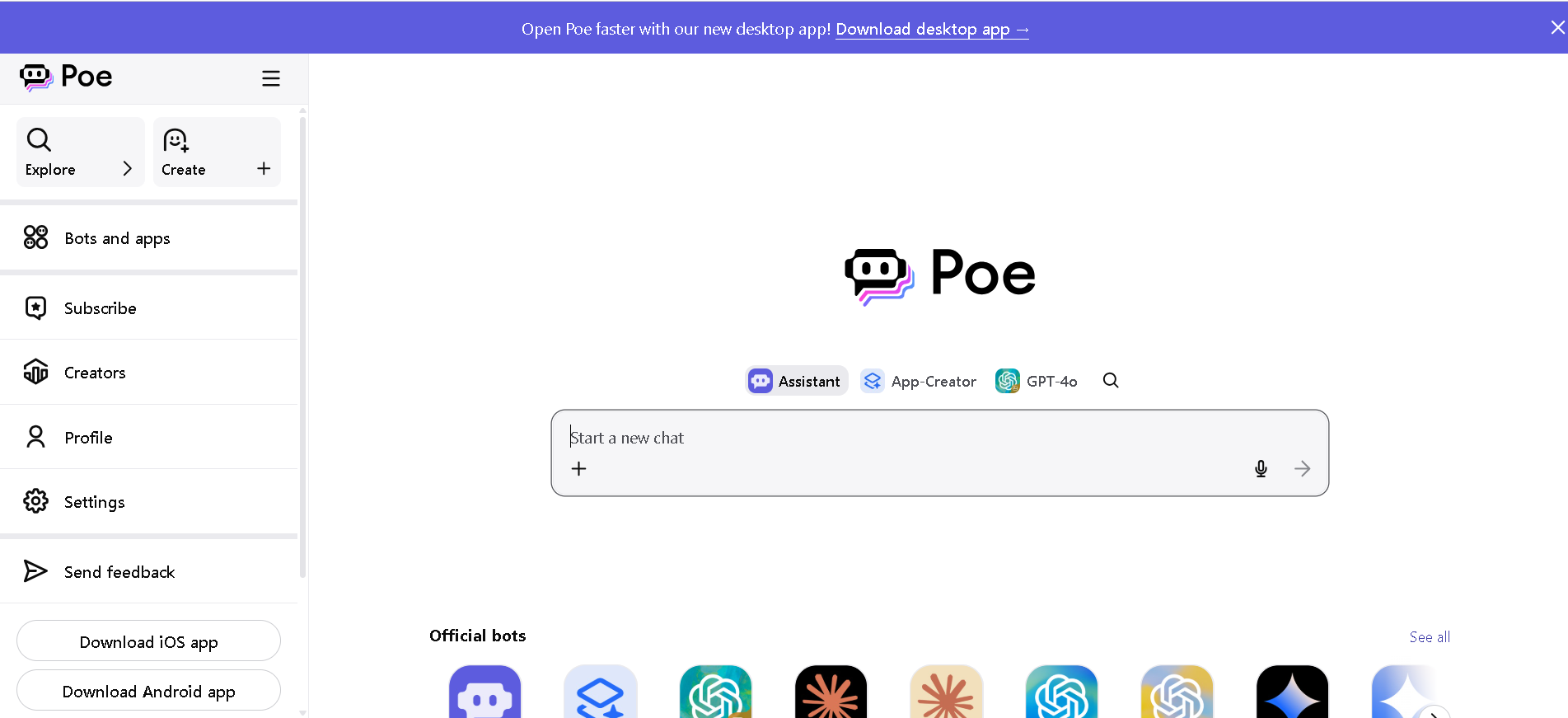
Poe AI
Poe.com is a comprehensive AI chatbot aggregation platform developed by Quora, providing users with unified access to a wide range of conversational AI models from various leading providers, including OpenAI, Anthropic, Google, and Meta. It simplifies the process of discovering and interacting with different AI chatbots and also empowers users to create and monetize their own custom AI bots.

Poe AI
Poe.com is a comprehensive AI chatbot aggregation platform developed by Quora, providing users with unified access to a wide range of conversational AI models from various leading providers, including OpenAI, Anthropic, Google, and Meta. It simplifies the process of discovering and interacting with different AI chatbots and also empowers users to create and monetize their own custom AI bots.

Poe AI
Poe.com is a comprehensive AI chatbot aggregation platform developed by Quora, providing users with unified access to a wide range of conversational AI models from various leading providers, including OpenAI, Anthropic, Google, and Meta. It simplifies the process of discovering and interacting with different AI chatbots and also empowers users to create and monetize their own custom AI bots.
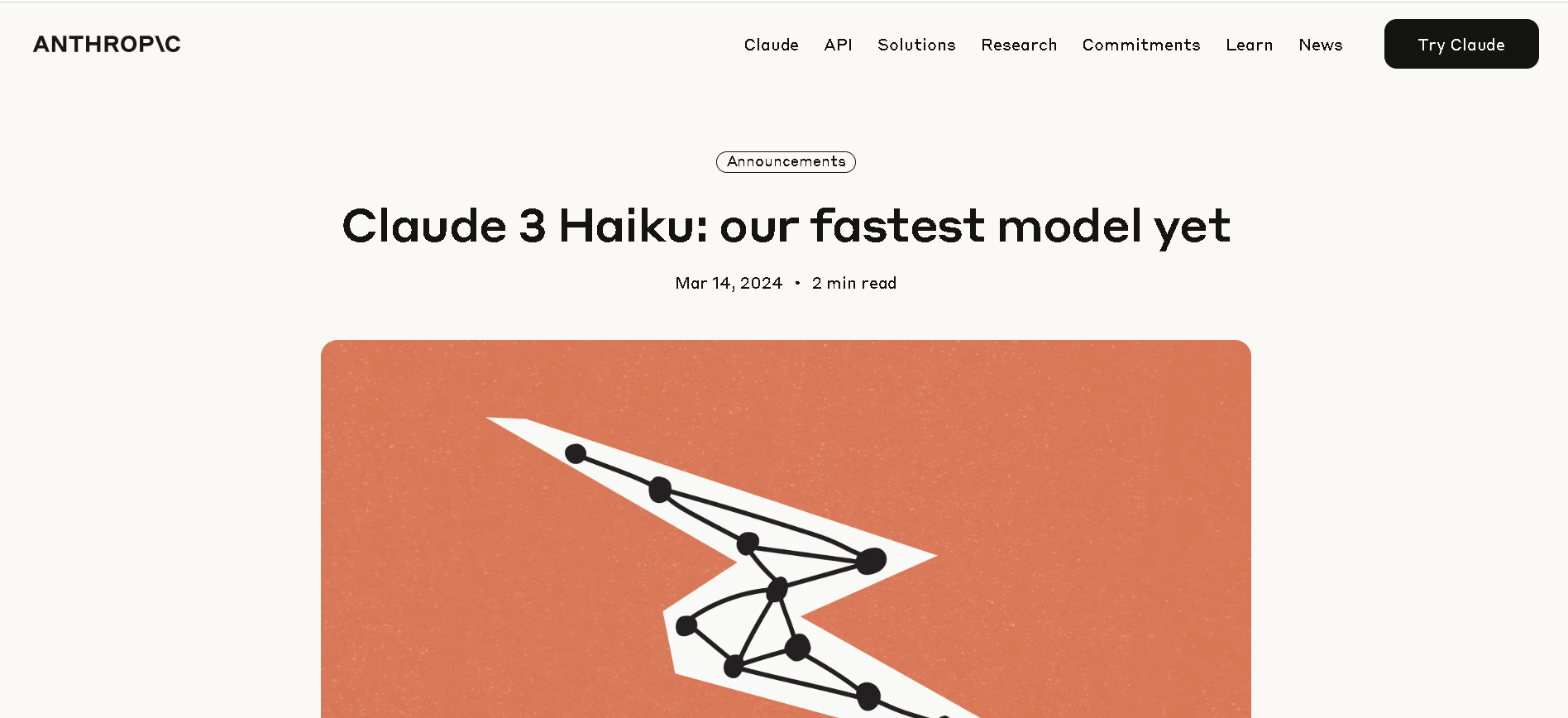
Claude 3 Haiku
Claude 3 Haiku is Anthropic’s fastest and most affordable model in its Claude 3 family. It processes up to 21K tokens per second under 32K token prompts, delivers enterprise-grade vision and text understanding, and can analyze large datasets or image-heavy content in near real-time—all while offering ultra‑low latency and cost.

Claude 3 Haiku
Claude 3 Haiku is Anthropic’s fastest and most affordable model in its Claude 3 family. It processes up to 21K tokens per second under 32K token prompts, delivers enterprise-grade vision and text understanding, and can analyze large datasets or image-heavy content in near real-time—all while offering ultra‑low latency and cost.

Claude 3 Haiku
Claude 3 Haiku is Anthropic’s fastest and most affordable model in its Claude 3 family. It processes up to 21K tokens per second under 32K token prompts, delivers enterprise-grade vision and text understanding, and can analyze large datasets or image-heavy content in near real-time—all while offering ultra‑low latency and cost.
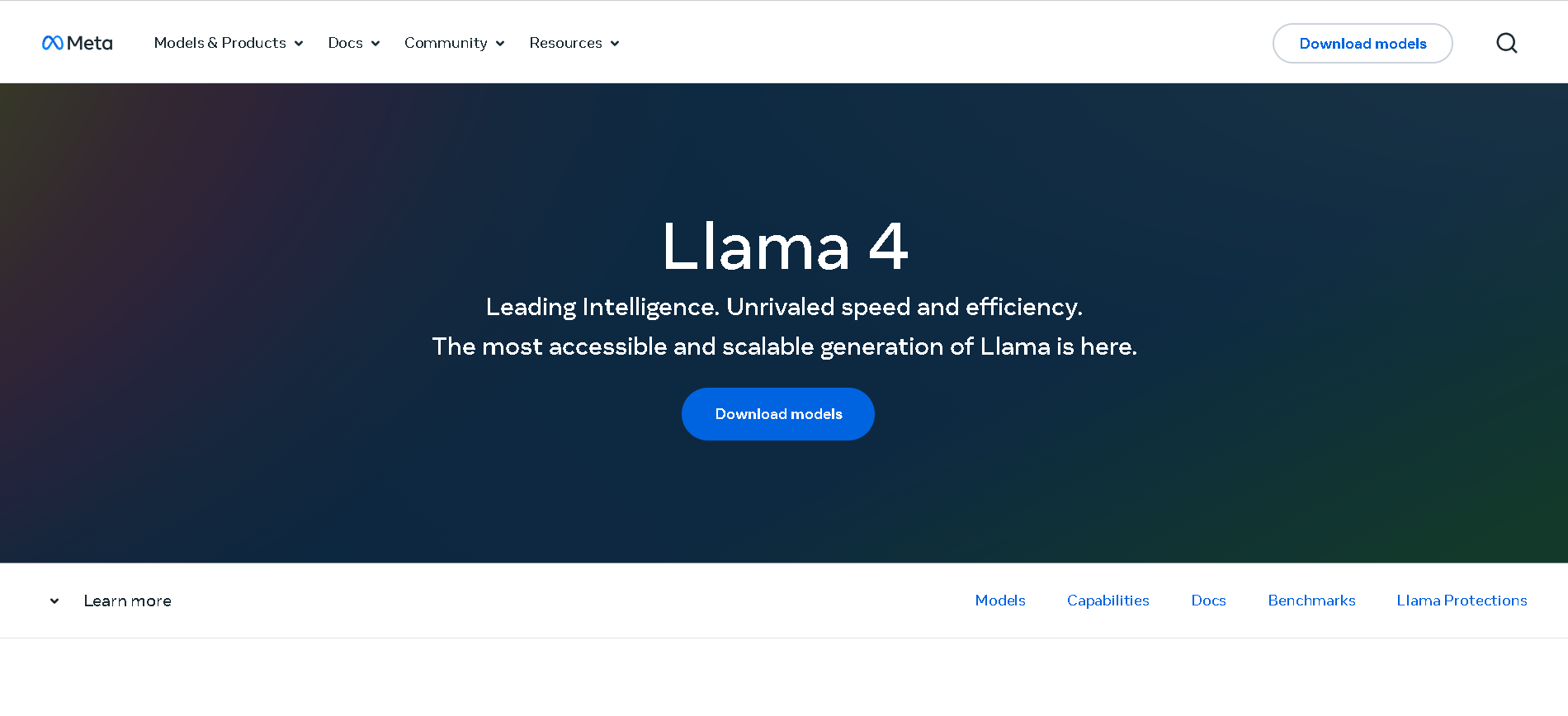
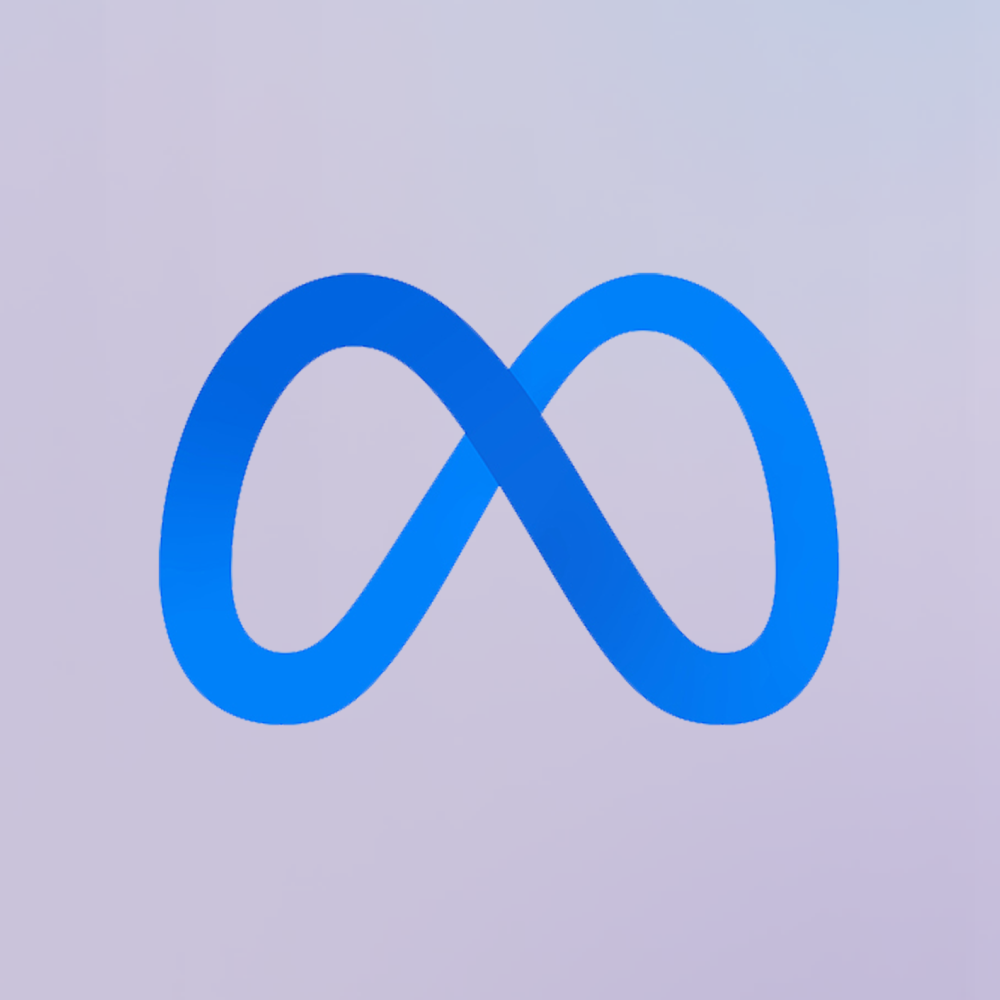
Meta Llama 4
Meta Llama 4 is the latest generation of Meta’s large language model series. It features a mixture-of-experts (MoE) architecture, making it both highly efficient and powerful. Llama 4 is natively multimodal—supporting text and image inputs—and offers three key variants: Scout (17B active parameters, 10 M token context), Maverick (17B active, 1 M token context), and Behemoth (288B active, 2 T total parameters; still in development). Designed for long-context reasoning, multilingual understanding, and open-weight availability (with license restrictions), Llama 4 excels in benchmarks and versatility.


Meta Llama 4
Meta Llama 4 is the latest generation of Meta’s large language model series. It features a mixture-of-experts (MoE) architecture, making it both highly efficient and powerful. Llama 4 is natively multimodal—supporting text and image inputs—and offers three key variants: Scout (17B active parameters, 10 M token context), Maverick (17B active, 1 M token context), and Behemoth (288B active, 2 T total parameters; still in development). Designed for long-context reasoning, multilingual understanding, and open-weight availability (with license restrictions), Llama 4 excels in benchmarks and versatility.


Meta Llama 4
Meta Llama 4 is the latest generation of Meta’s large language model series. It features a mixture-of-experts (MoE) architecture, making it both highly efficient and powerful. Llama 4 is natively multimodal—supporting text and image inputs—and offers three key variants: Scout (17B active parameters, 10 M token context), Maverick (17B active, 1 M token context), and Behemoth (288B active, 2 T total parameters; still in development). Designed for long-context reasoning, multilingual understanding, and open-weight availability (with license restrictions), Llama 4 excels in benchmarks and versatility.
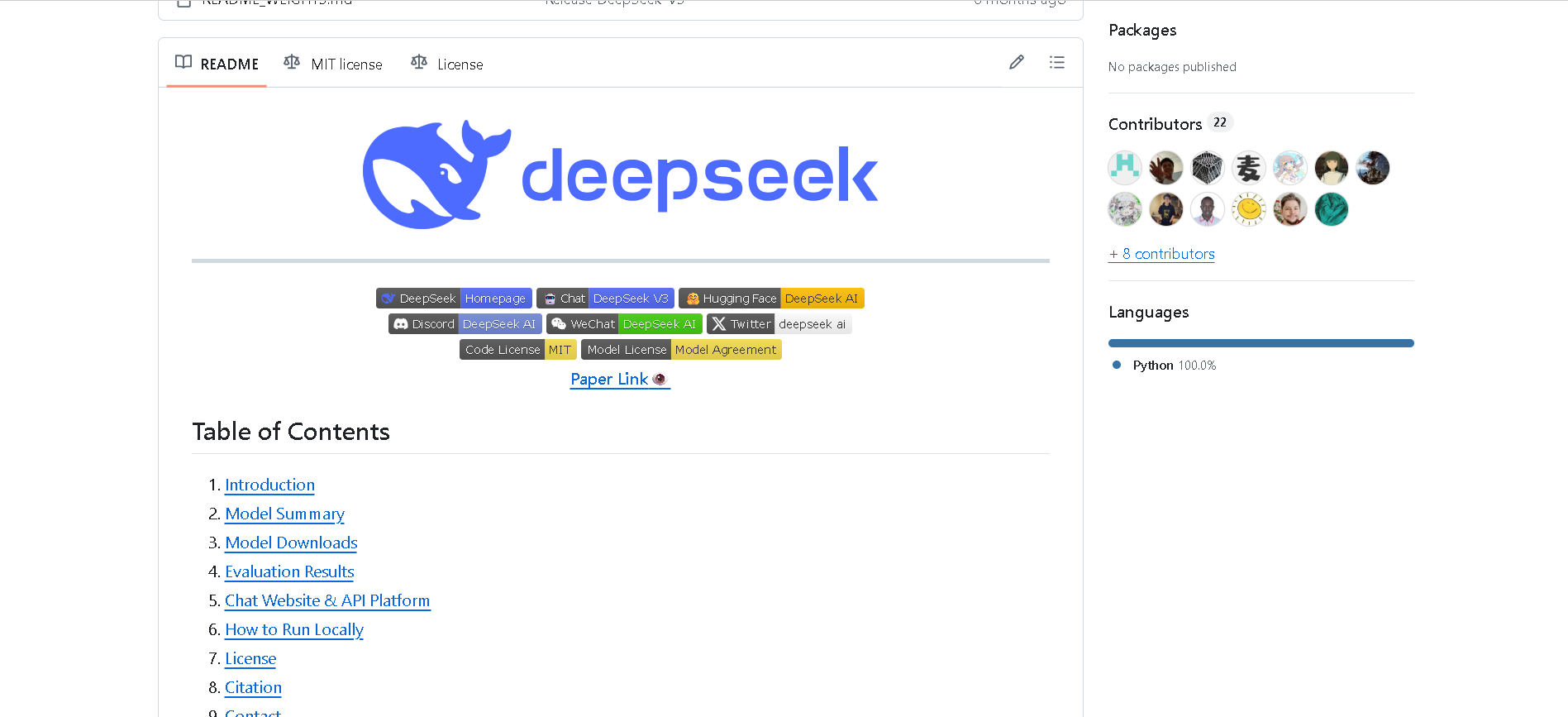
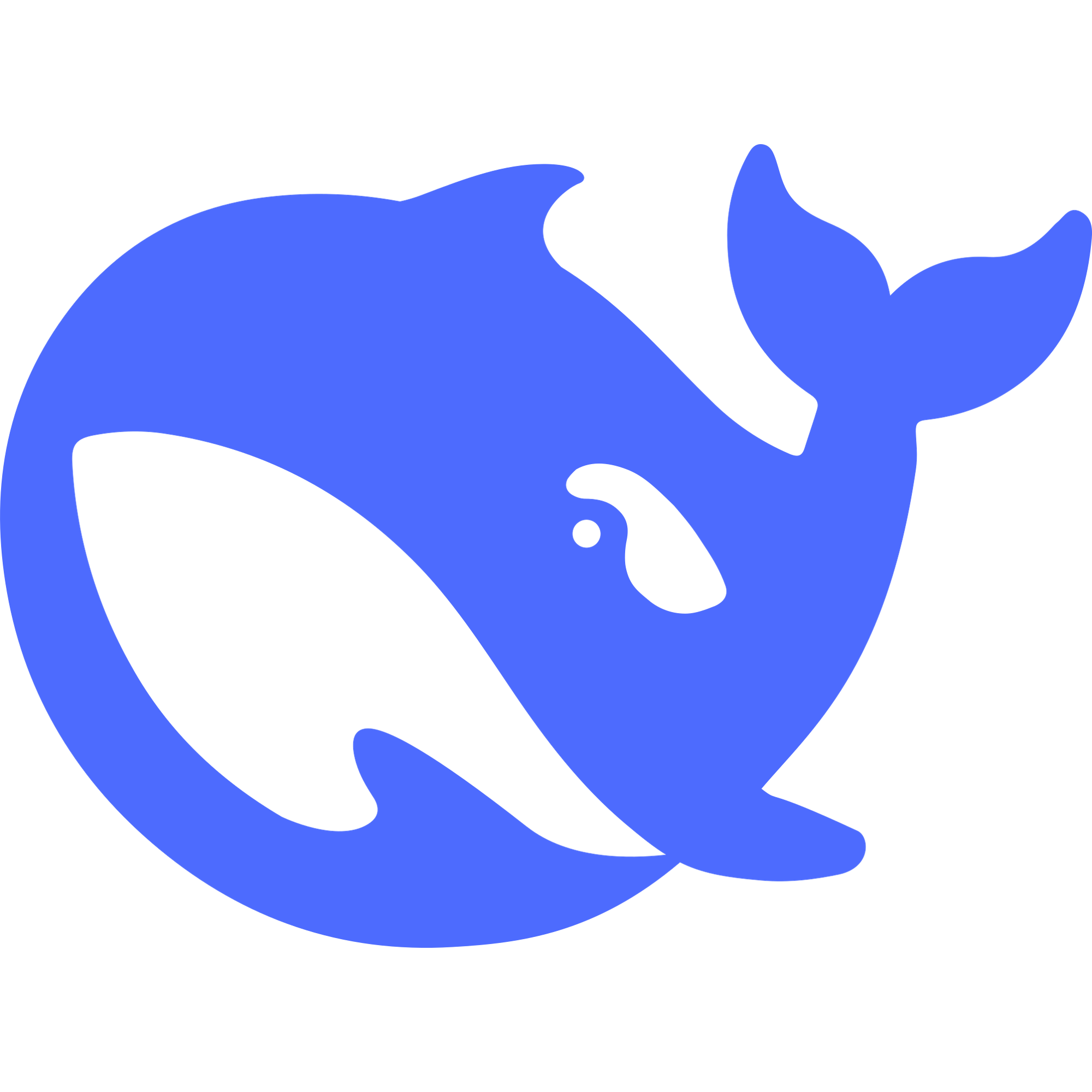
DeepSeek-V3
DeepSeek V3 is the latest flagship Mixture‑of‑Experts (MoE) open‑source AI model from DeepSeek. It features 671 billion total parameters (with ~37 billion activated per token), supports up to 128K context length, and excels across reasoning, code generation, language, and multimodal tasks. On standard benchmarks, it rivals or exceeds proprietary models—including GPT‑4o and Claude 3.5—as a high-performance, cost-efficient alternative.


DeepSeek-V3
DeepSeek V3 is the latest flagship Mixture‑of‑Experts (MoE) open‑source AI model from DeepSeek. It features 671 billion total parameters (with ~37 billion activated per token), supports up to 128K context length, and excels across reasoning, code generation, language, and multimodal tasks. On standard benchmarks, it rivals or exceeds proprietary models—including GPT‑4o and Claude 3.5—as a high-performance, cost-efficient alternative.


DeepSeek-V3
DeepSeek V3 is the latest flagship Mixture‑of‑Experts (MoE) open‑source AI model from DeepSeek. It features 671 billion total parameters (with ~37 billion activated per token), supports up to 128K context length, and excels across reasoning, code generation, language, and multimodal tasks. On standard benchmarks, it rivals or exceeds proprietary models—including GPT‑4o and Claude 3.5—as a high-performance, cost-efficient alternative.
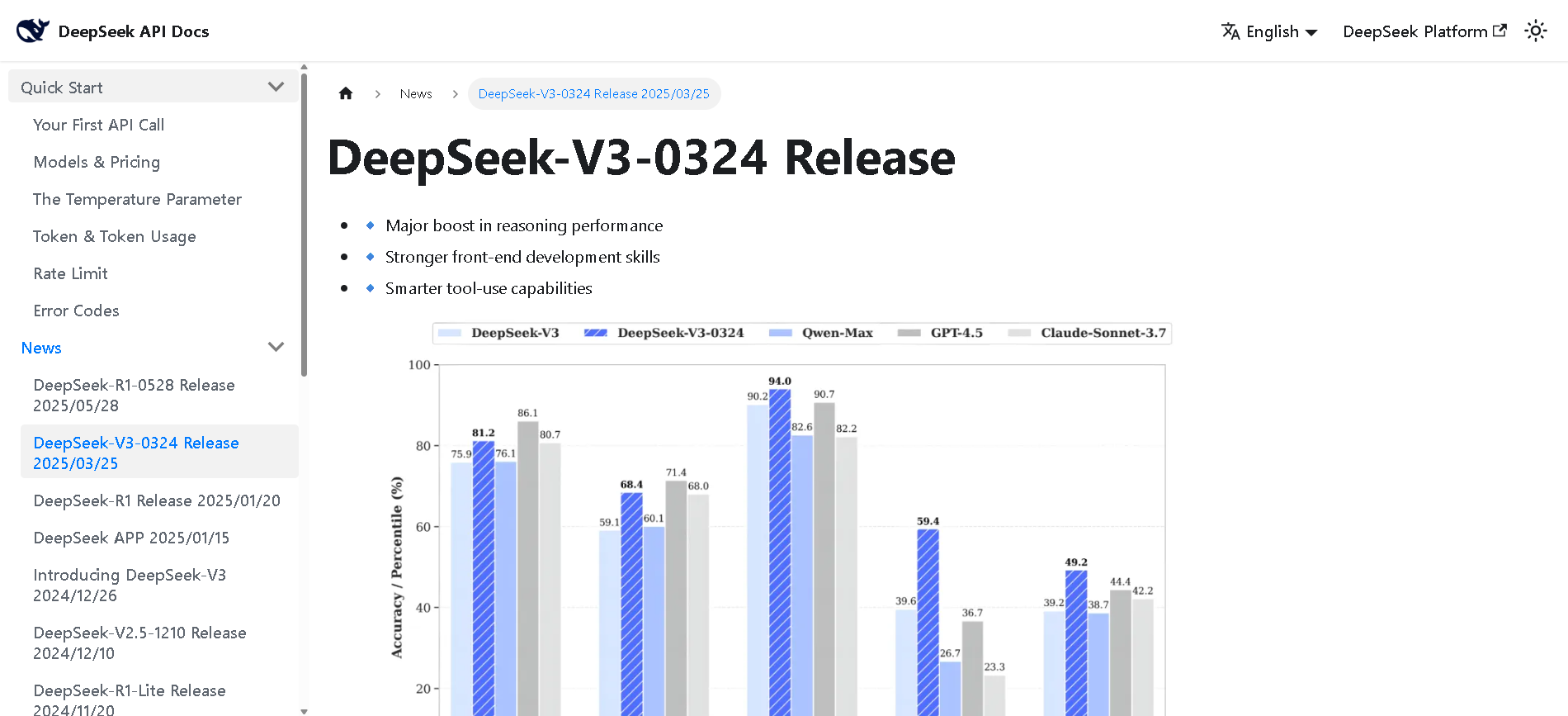
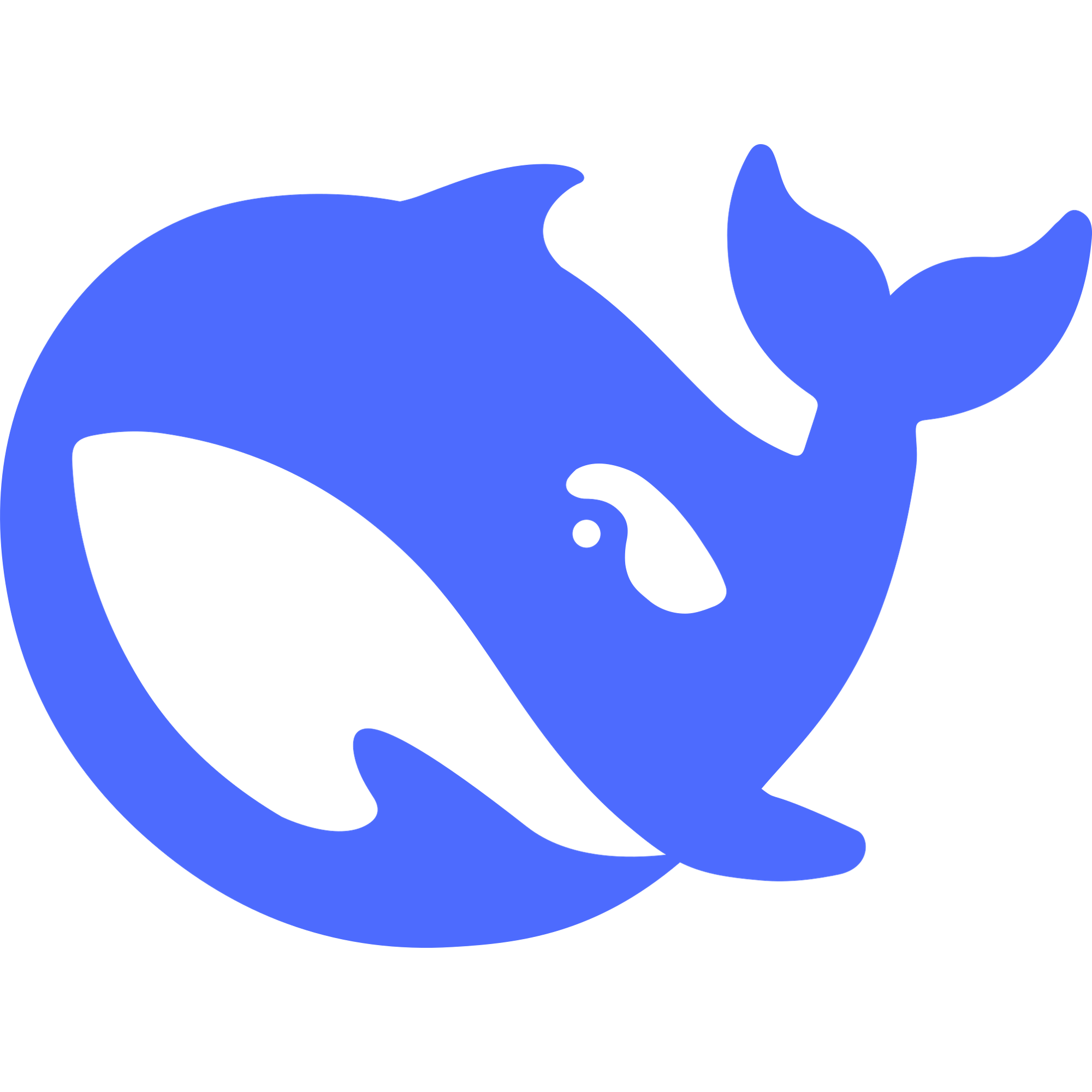
DeepSeek-V3-0324
DeepSeek V3 (0324) is the latest open-source Mixture-of-Experts (MoE) language model from DeepSeek, featuring 671B parameters (37B active per token). Released in March 2025 under the MIT license, it builds on DeepSeek V3 with major enhancements in reasoning, coding, front-end generation, and Chinese proficiency. It maintains cost-efficiency and function-calling support.


DeepSeek-V3-0324
DeepSeek V3 (0324) is the latest open-source Mixture-of-Experts (MoE) language model from DeepSeek, featuring 671B parameters (37B active per token). Released in March 2025 under the MIT license, it builds on DeepSeek V3 with major enhancements in reasoning, coding, front-end generation, and Chinese proficiency. It maintains cost-efficiency and function-calling support.


DeepSeek-V3-0324
DeepSeek V3 (0324) is the latest open-source Mixture-of-Experts (MoE) language model from DeepSeek, featuring 671B parameters (37B active per token). Released in March 2025 under the MIT license, it builds on DeepSeek V3 with major enhancements in reasoning, coding, front-end generation, and Chinese proficiency. It maintains cost-efficiency and function-calling support.
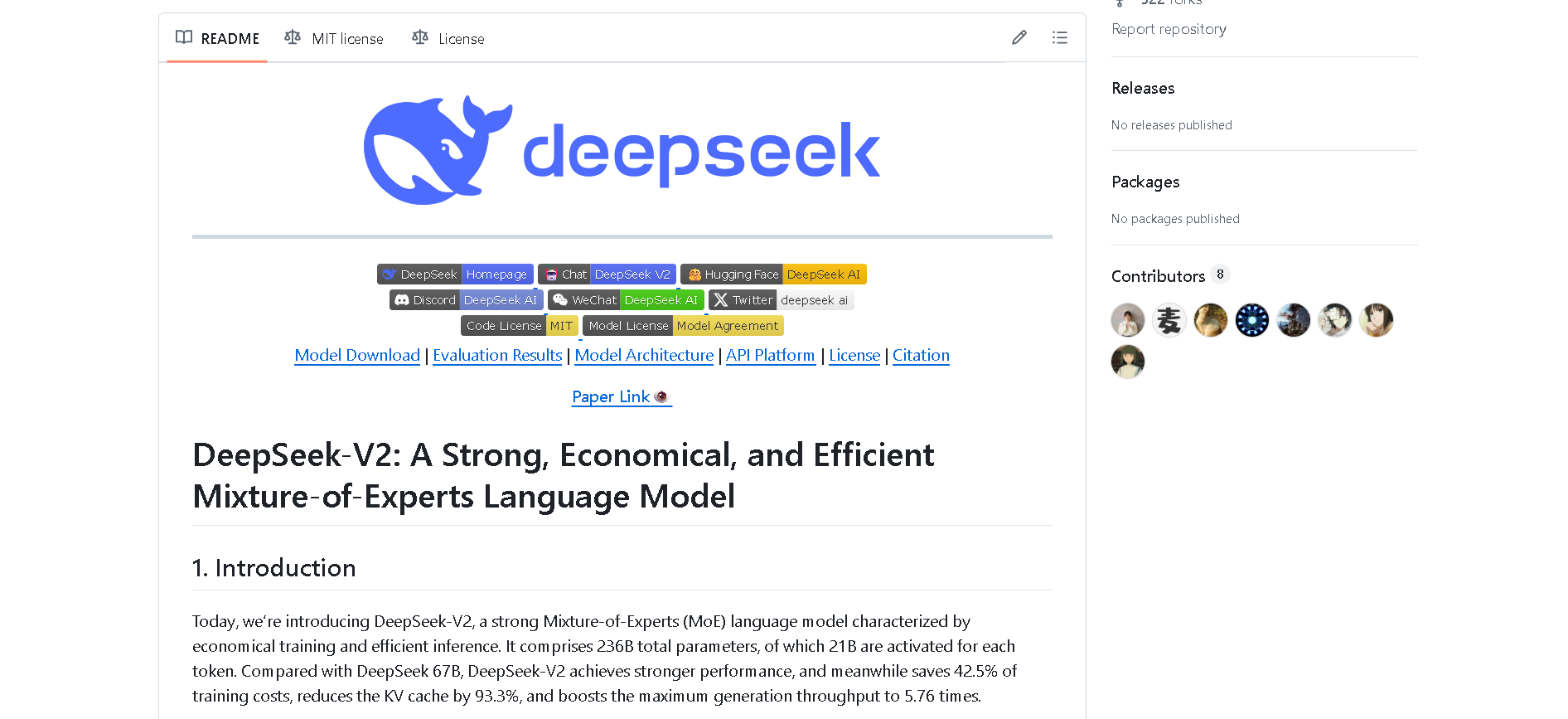
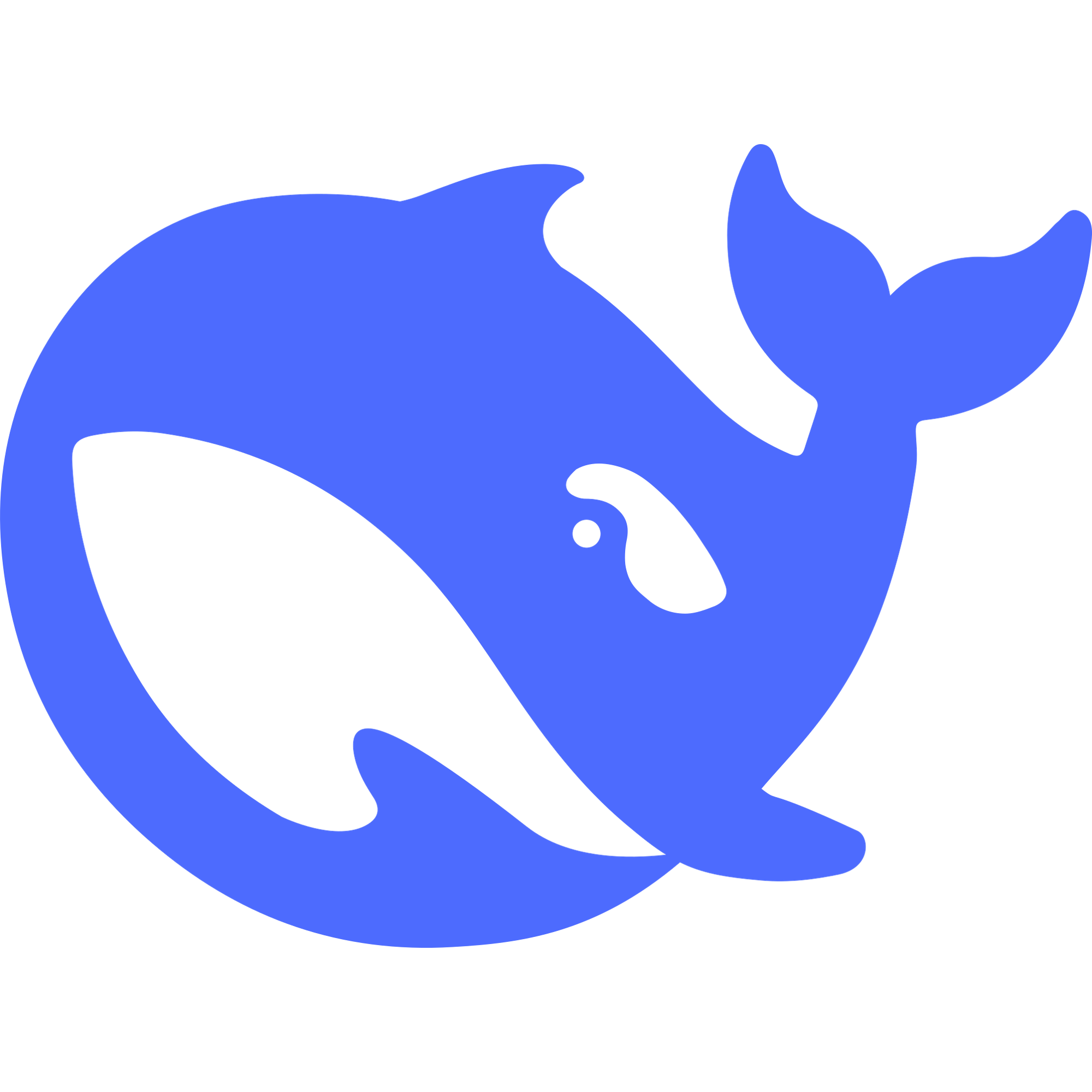
DeepSeek-V2
DeepSeek V2 is an open-source, Mixture‑of‑Experts (MoE) language model developed by DeepSeek-AI, released in May 2024. It features a massive 236 B total parameters with approximately 21 B activated per token, supports up to 128 K token context, and adopts innovative MLA (Multi‑head Latent Attention) and sparse expert routing. DeepSeek V2 delivers top-tier performance on benchmarks while cutting training and inference costs significantly.


DeepSeek-V2
DeepSeek V2 is an open-source, Mixture‑of‑Experts (MoE) language model developed by DeepSeek-AI, released in May 2024. It features a massive 236 B total parameters with approximately 21 B activated per token, supports up to 128 K token context, and adopts innovative MLA (Multi‑head Latent Attention) and sparse expert routing. DeepSeek V2 delivers top-tier performance on benchmarks while cutting training and inference costs significantly.


DeepSeek-V2
DeepSeek V2 is an open-source, Mixture‑of‑Experts (MoE) language model developed by DeepSeek-AI, released in May 2024. It features a massive 236 B total parameters with approximately 21 B activated per token, supports up to 128 K token context, and adopts innovative MLA (Multi‑head Latent Attention) and sparse expert routing. DeepSeek V2 delivers top-tier performance on benchmarks while cutting training and inference costs significantly.
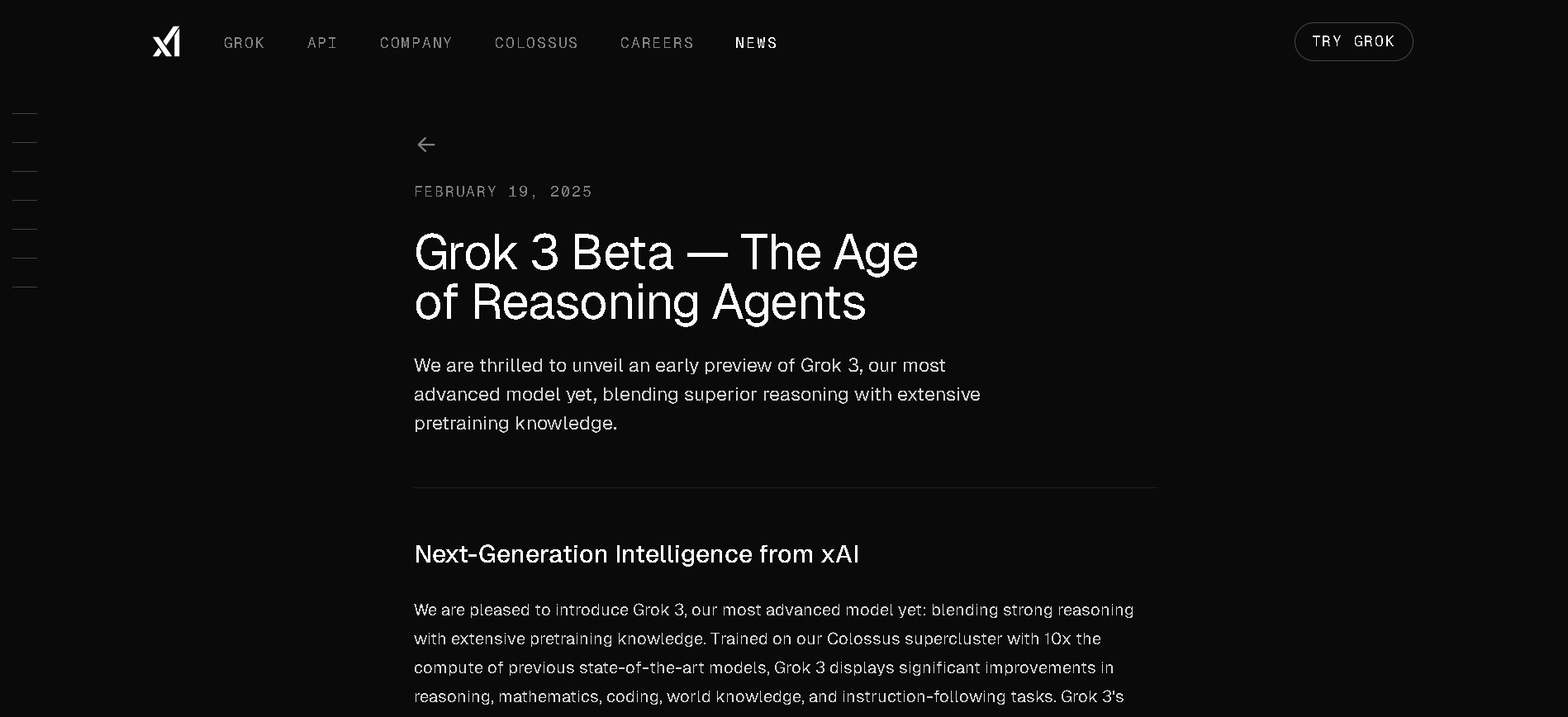
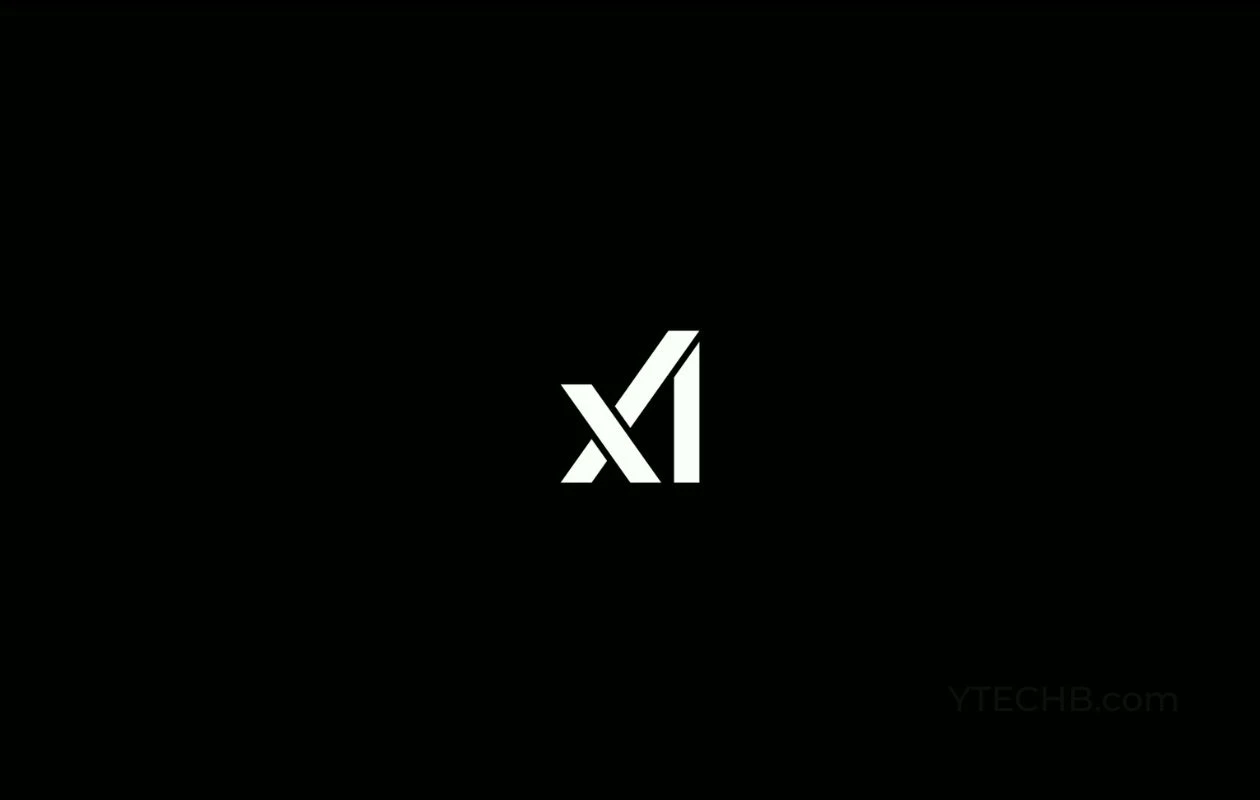
grok-3-mini-fast
Grok 3 Mini Fast is the low-latency, high-performance version of xAI’s Grok 3 Mini model. Released in beta around May 2025, it offers the same visible chain-of-thought reasoning as Grok 3 Mini but delivers responses significantly faster, powered by optimized infrastructure. It supports up to 131,072 tokens of context.


grok-3-mini-fast
Grok 3 Mini Fast is the low-latency, high-performance version of xAI’s Grok 3 Mini model. Released in beta around May 2025, it offers the same visible chain-of-thought reasoning as Grok 3 Mini but delivers responses significantly faster, powered by optimized infrastructure. It supports up to 131,072 tokens of context.


grok-3-mini-fast
Grok 3 Mini Fast is the low-latency, high-performance version of xAI’s Grok 3 Mini model. Released in beta around May 2025, it offers the same visible chain-of-thought reasoning as Grok 3 Mini but delivers responses significantly faster, powered by optimized infrastructure. It supports up to 131,072 tokens of context.
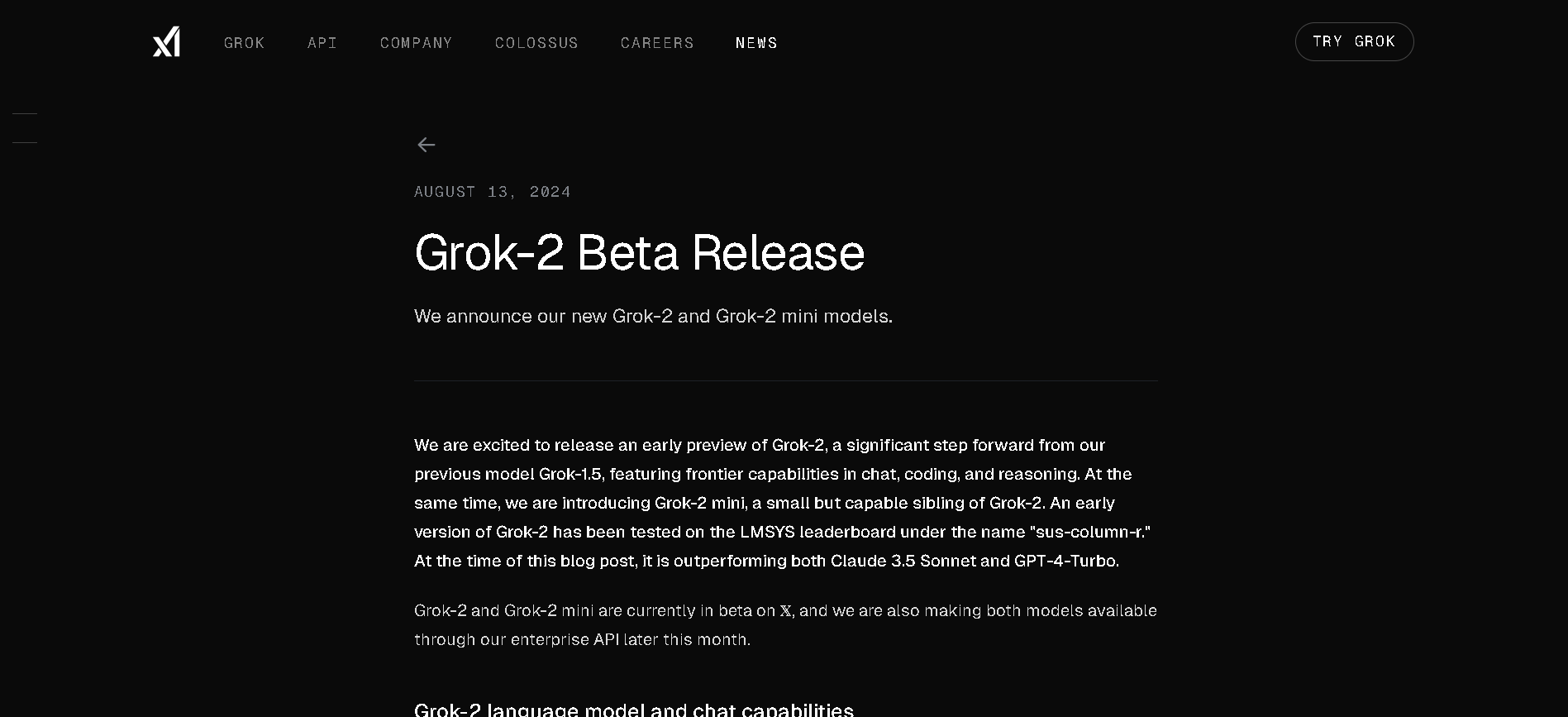
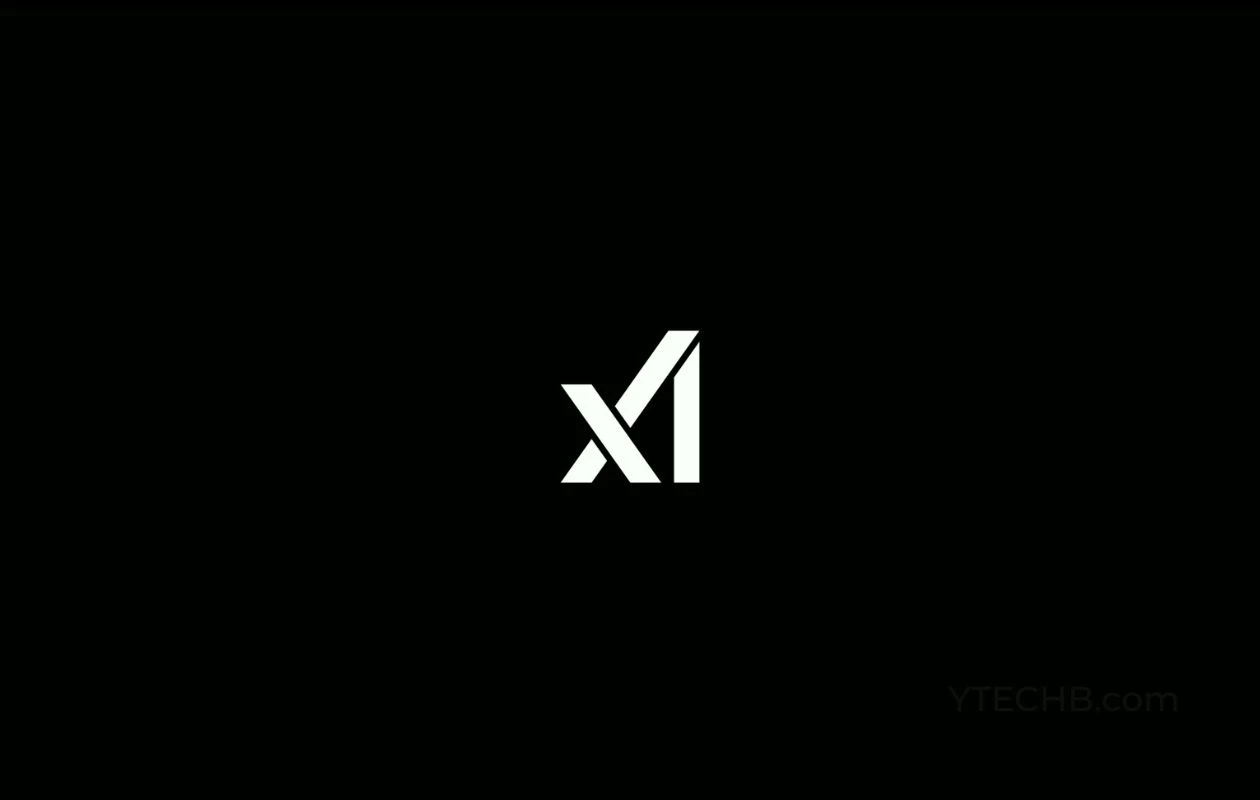
grok-2-vision
Grok 2 Vision (also known as Grok‑2‑Vision‑1212 or grok‑2‑vision‑latest) is xAI’s multimodal variant of Grok 2, designed specifically for advanced image understanding and generation. Launched in December 2024, it supports joint text+image inputs up to 32,768 tokens, excelling in visual math reasoning (MathVista), document question answering (DocVQA), object recognition, and style analysis—while also offering photorealistic image creation via the FLUX.1 model.


grok-2-vision
Grok 2 Vision (also known as Grok‑2‑Vision‑1212 or grok‑2‑vision‑latest) is xAI’s multimodal variant of Grok 2, designed specifically for advanced image understanding and generation. Launched in December 2024, it supports joint text+image inputs up to 32,768 tokens, excelling in visual math reasoning (MathVista), document question answering (DocVQA), object recognition, and style analysis—while also offering photorealistic image creation via the FLUX.1 model.


grok-2-vision
Grok 2 Vision (also known as Grok‑2‑Vision‑1212 or grok‑2‑vision‑latest) is xAI’s multimodal variant of Grok 2, designed specifically for advanced image understanding and generation. Launched in December 2024, it supports joint text+image inputs up to 32,768 tokens, excelling in visual math reasoning (MathVista), document question answering (DocVQA), object recognition, and style analysis—while also offering photorealistic image creation via the FLUX.1 model.
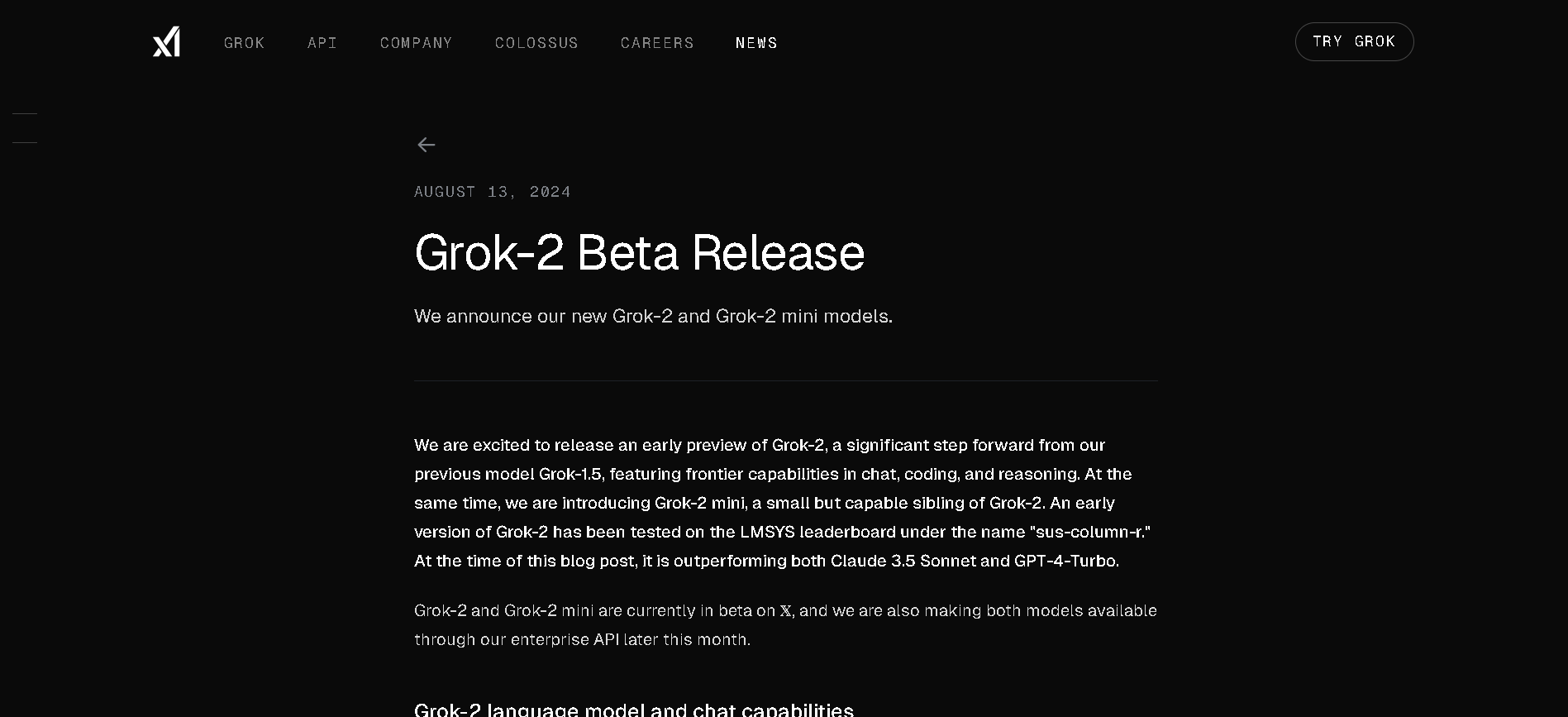
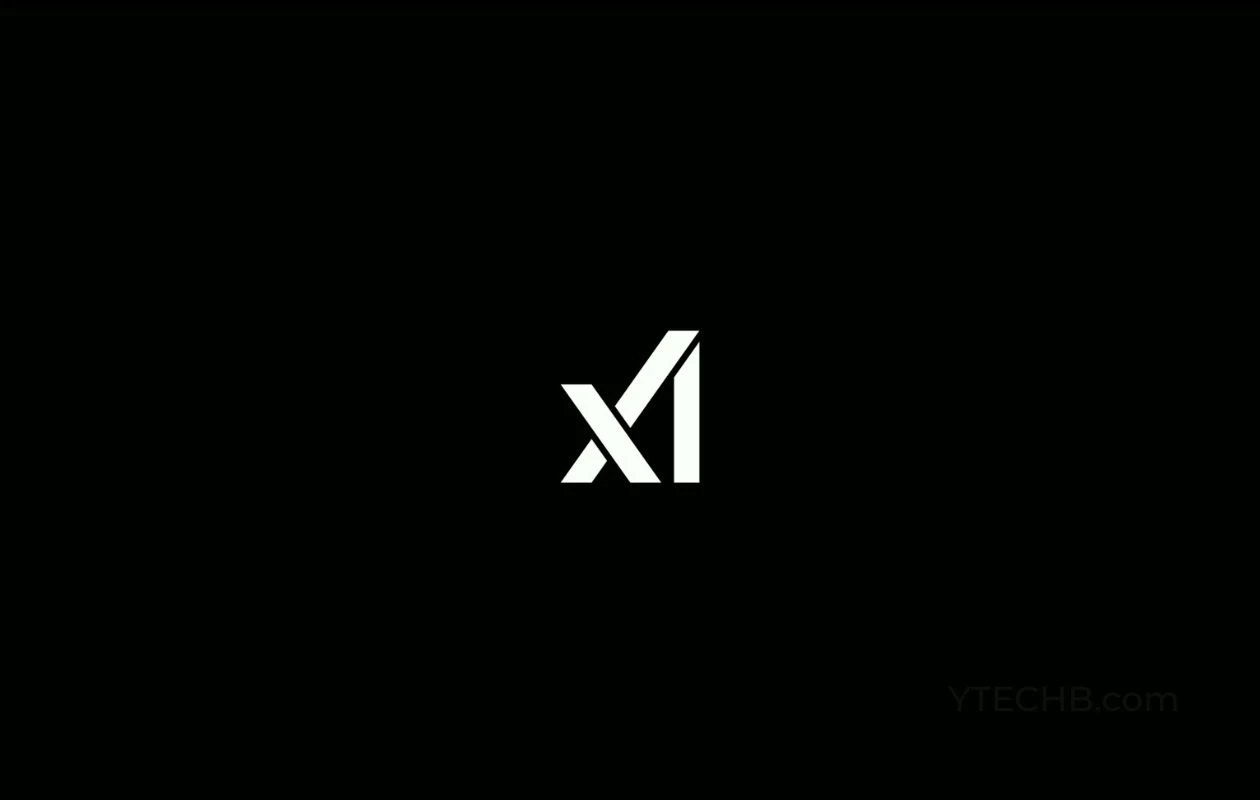
grok-2-image-1212
Grok 2 Image 1212 (also known as grok-2-image-1212) is xAI’s December 2024 release of their unified image generation and understanding model. Built on Grok 2, it combines Aurora-powered photorealistic image creation with strong multimodal comprehension—handling image editing, vision QA, chart interpretation, and document analysis—within a single API and 32,768-token context.


grok-2-image-1212
Grok 2 Image 1212 (also known as grok-2-image-1212) is xAI’s December 2024 release of their unified image generation and understanding model. Built on Grok 2, it combines Aurora-powered photorealistic image creation with strong multimodal comprehension—handling image editing, vision QA, chart interpretation, and document analysis—within a single API and 32,768-token context.


grok-2-image-1212
Grok 2 Image 1212 (also known as grok-2-image-1212) is xAI’s December 2024 release of their unified image generation and understanding model. Built on Grok 2, it combines Aurora-powered photorealistic image creation with strong multimodal comprehension—handling image editing, vision QA, chart interpretation, and document analysis—within a single API and 32,768-token context.
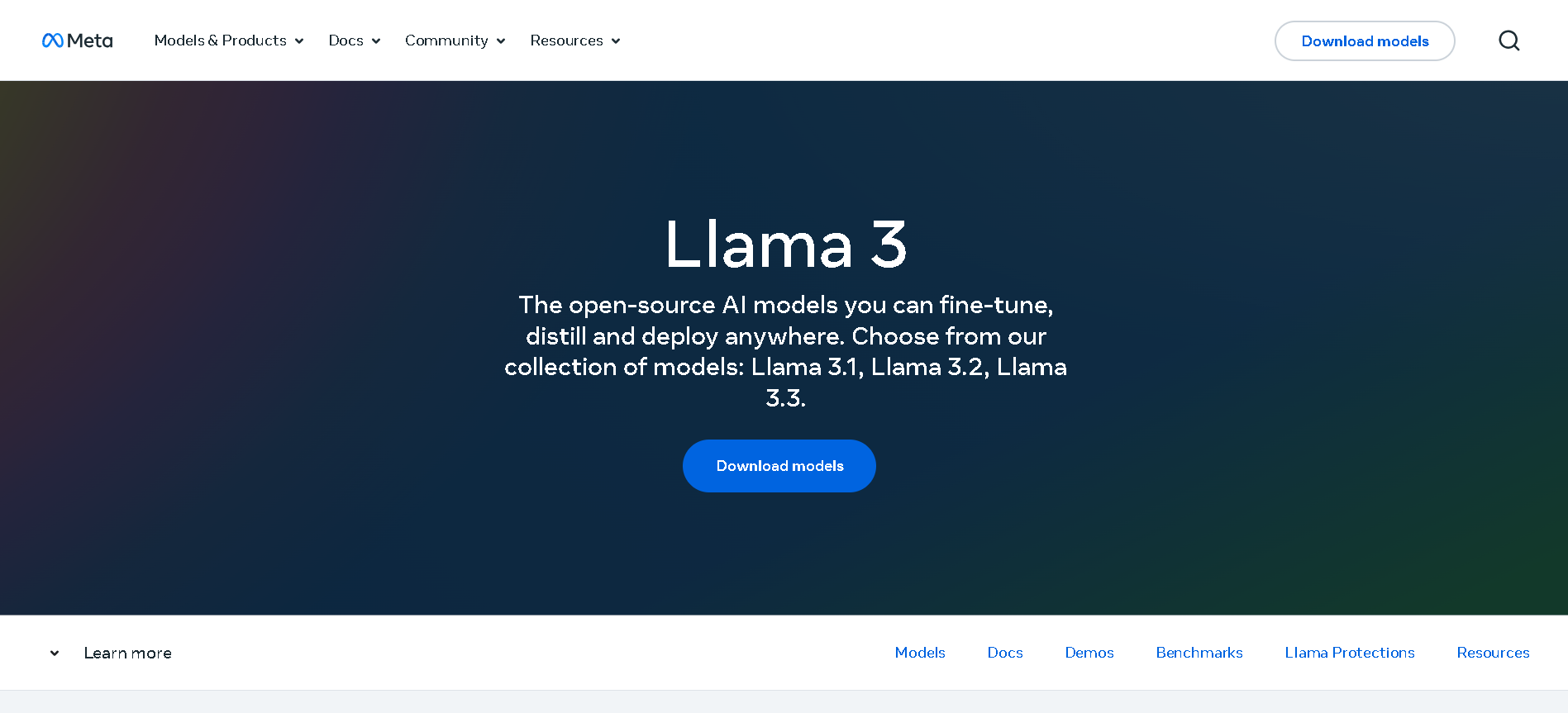

Meta Llama 3.1
Llama 3.1 is Meta’s most advanced open-source Llama 3 model, released on July 23, 2024. It comes in three sizes—8B, 70B, and 405B parameters—with an expanded 128K-token context window and improved multilingual and multimodal capabilities. It significantly outperforms Llama 3 and rivals proprietary models across benchmarks like GSM8K, MMLU, HumanEval, ARC, and tool-augmented reasoning tasks.


Meta Llama 3.1
Llama 3.1 is Meta’s most advanced open-source Llama 3 model, released on July 23, 2024. It comes in three sizes—8B, 70B, and 405B parameters—with an expanded 128K-token context window and improved multilingual and multimodal capabilities. It significantly outperforms Llama 3 and rivals proprietary models across benchmarks like GSM8K, MMLU, HumanEval, ARC, and tool-augmented reasoning tasks.


Meta Llama 3.1
Llama 3.1 is Meta’s most advanced open-source Llama 3 model, released on July 23, 2024. It comes in three sizes—8B, 70B, and 405B parameters—with an expanded 128K-token context window and improved multilingual and multimodal capabilities. It significantly outperforms Llama 3 and rivals proprietary models across benchmarks like GSM8K, MMLU, HumanEval, ARC, and tool-augmented reasoning tasks.
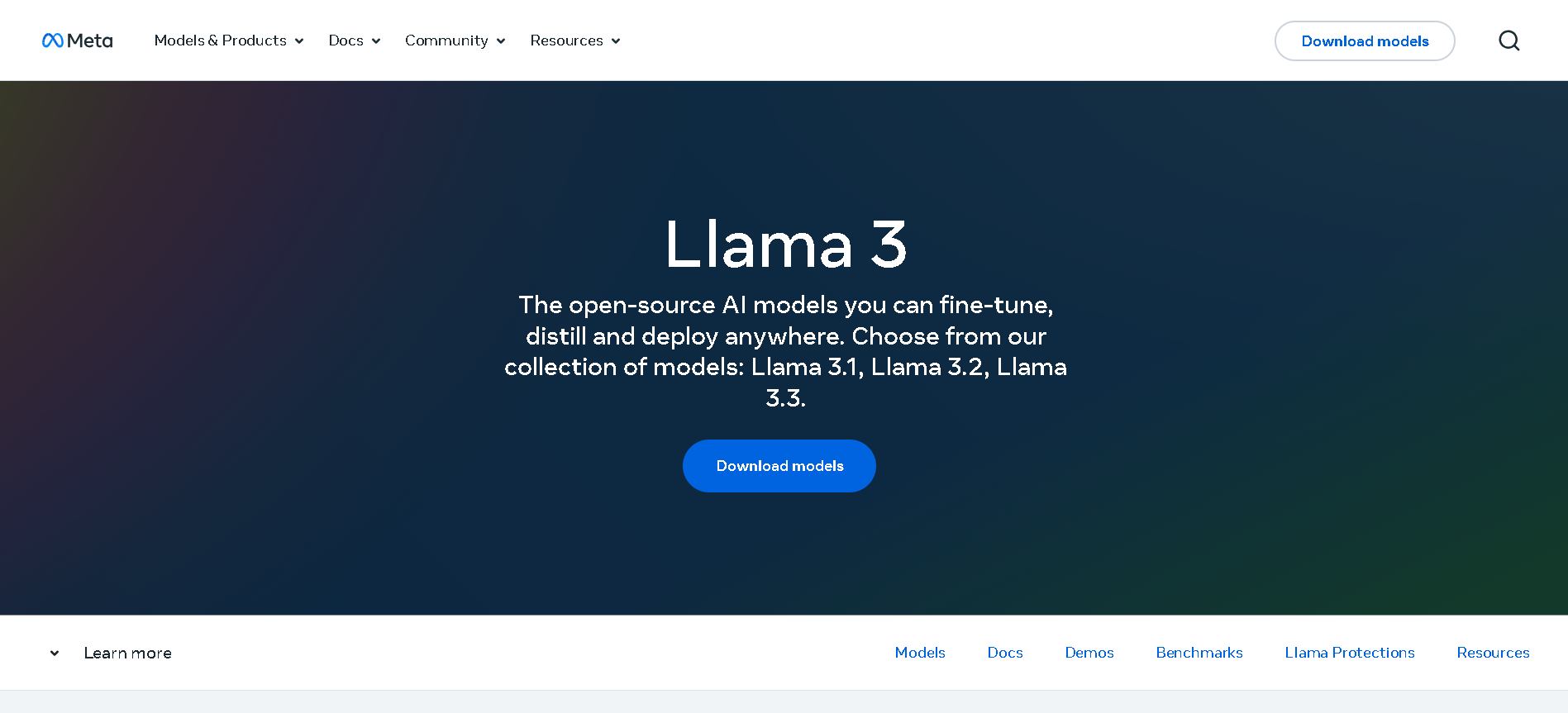

Meta Llama 3.2
Llama 3.2 is Meta’s multimodal and lightweight update to its Llama 3 line, released on September 25, 2024. The family includes 1B and 3B text-only models optimized for edge devices, as well as 11B and 90B Vision models capable of image understanding. It offers a 128K-token context window, Grouped-Query Attention for efficient inference, and opens up on-device, private AI with strong multilingual (e.g. Hindi, Spanish) support.


Meta Llama 3.2
Llama 3.2 is Meta’s multimodal and lightweight update to its Llama 3 line, released on September 25, 2024. The family includes 1B and 3B text-only models optimized for edge devices, as well as 11B and 90B Vision models capable of image understanding. It offers a 128K-token context window, Grouped-Query Attention for efficient inference, and opens up on-device, private AI with strong multilingual (e.g. Hindi, Spanish) support.


Meta Llama 3.2
Llama 3.2 is Meta’s multimodal and lightweight update to its Llama 3 line, released on September 25, 2024. The family includes 1B and 3B text-only models optimized for edge devices, as well as 11B and 90B Vision models capable of image understanding. It offers a 128K-token context window, Grouped-Query Attention for efficient inference, and opens up on-device, private AI with strong multilingual (e.g. Hindi, Spanish) support.
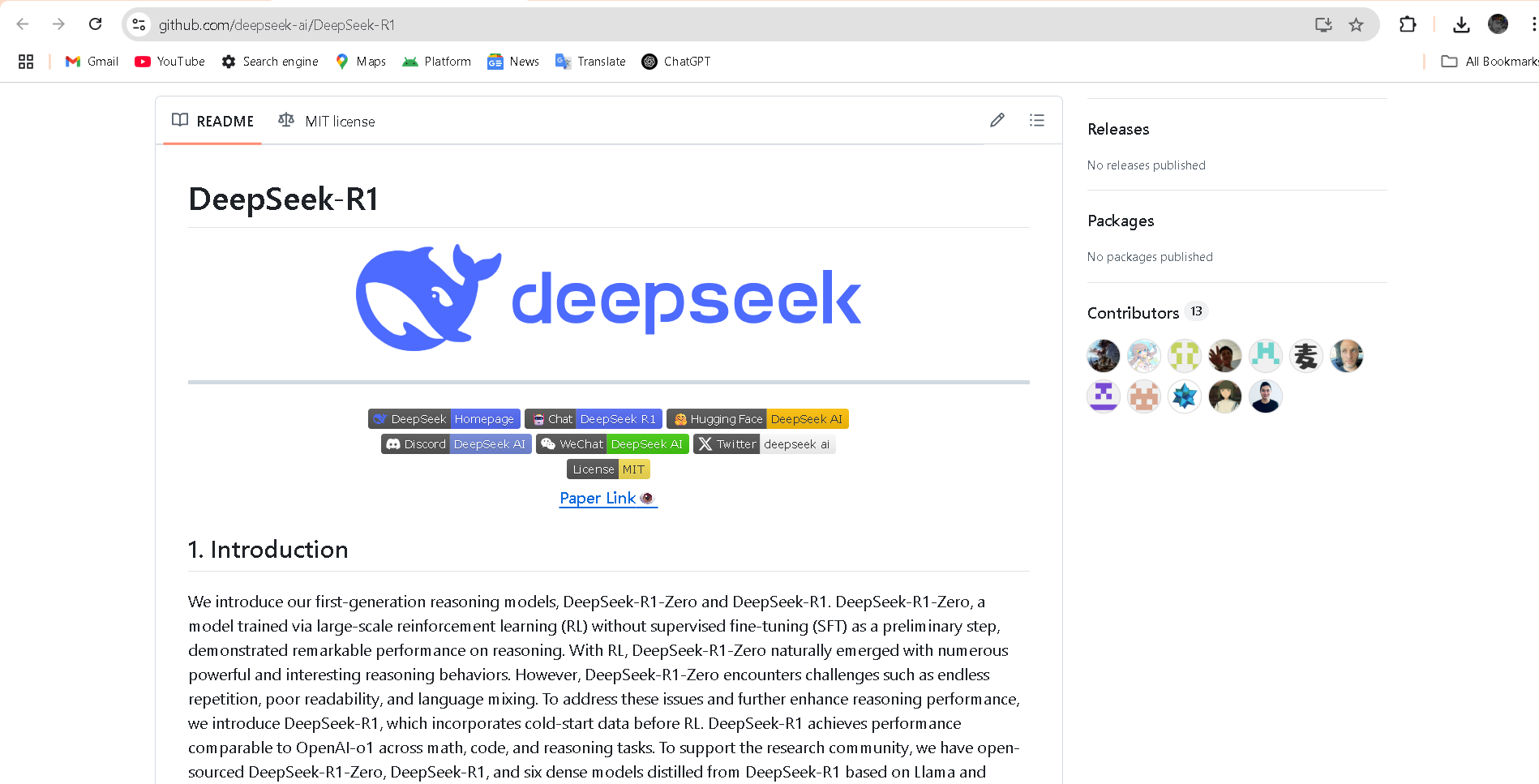
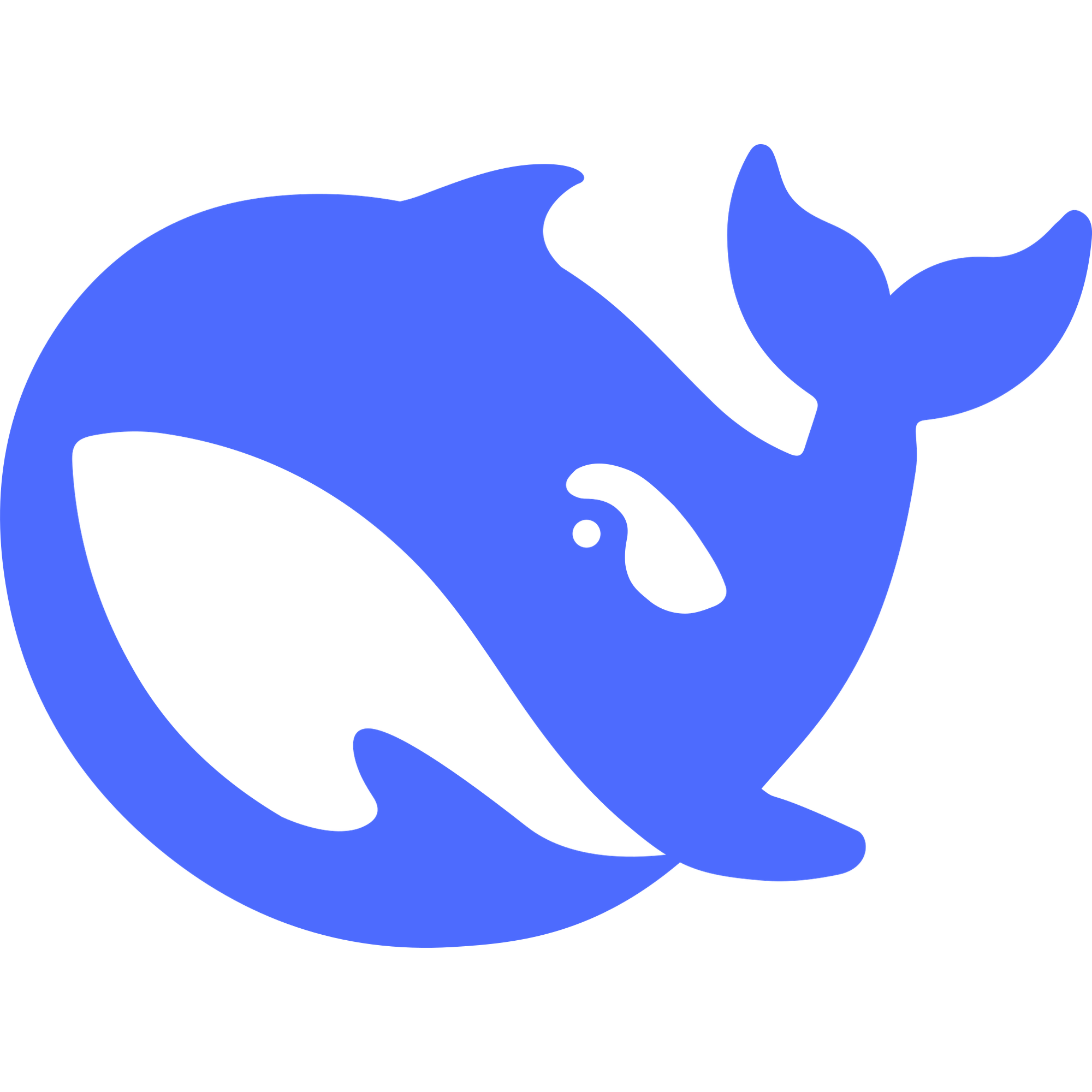
DeepSeek-R1-0528
DeepSeek R1 0528 is the May 28, 2025 update to DeepSeek’s flagship reasoning model. It brings significantly enhanced benchmark performance, deeper chain-of-thought reasoning (now using ~23K tokens per problem), reduced hallucinations, and support for JSON output, function calling, multi-round chat, and context caching.


DeepSeek-R1-0528
DeepSeek R1 0528 is the May 28, 2025 update to DeepSeek’s flagship reasoning model. It brings significantly enhanced benchmark performance, deeper chain-of-thought reasoning (now using ~23K tokens per problem), reduced hallucinations, and support for JSON output, function calling, multi-round chat, and context caching.


DeepSeek-R1-0528
DeepSeek R1 0528 is the May 28, 2025 update to DeepSeek’s flagship reasoning model. It brings significantly enhanced benchmark performance, deeper chain-of-thought reasoning (now using ~23K tokens per problem), reduced hallucinations, and support for JSON output, function calling, multi-round chat, and context caching.
Editorial Note
This page was researched and written by the ATB Editorial Team. Our team researches each AI tool by reviewing its official website, testing features, exploring real use cases, and considering user feedback. Every page is fact-checked and regularly updated to ensure the information stays accurate, neutral, and useful for our readers.
If you have any suggestions or questions, email us at hello@aitoolbook.ai
